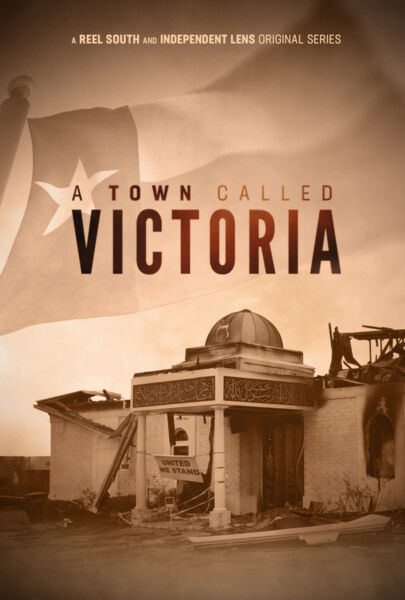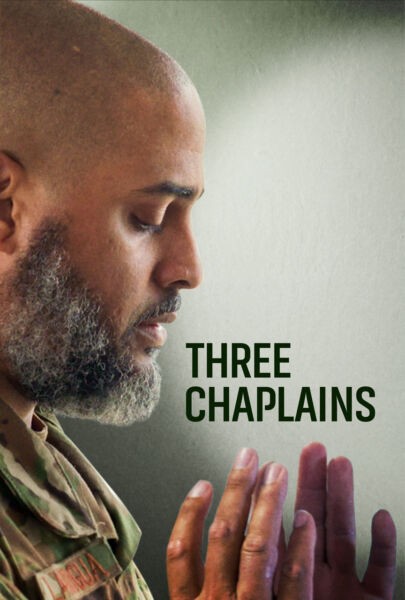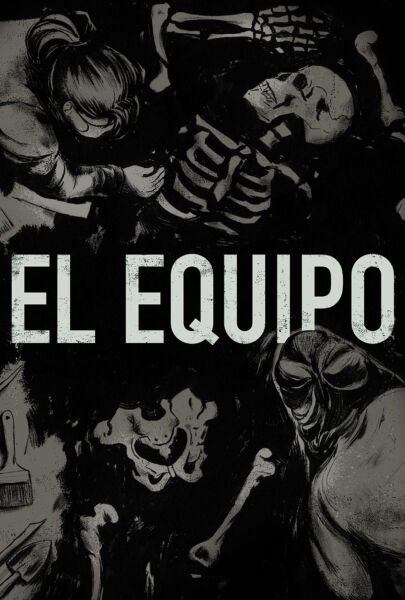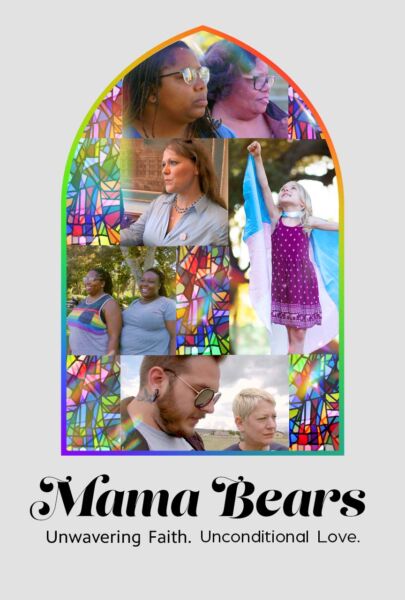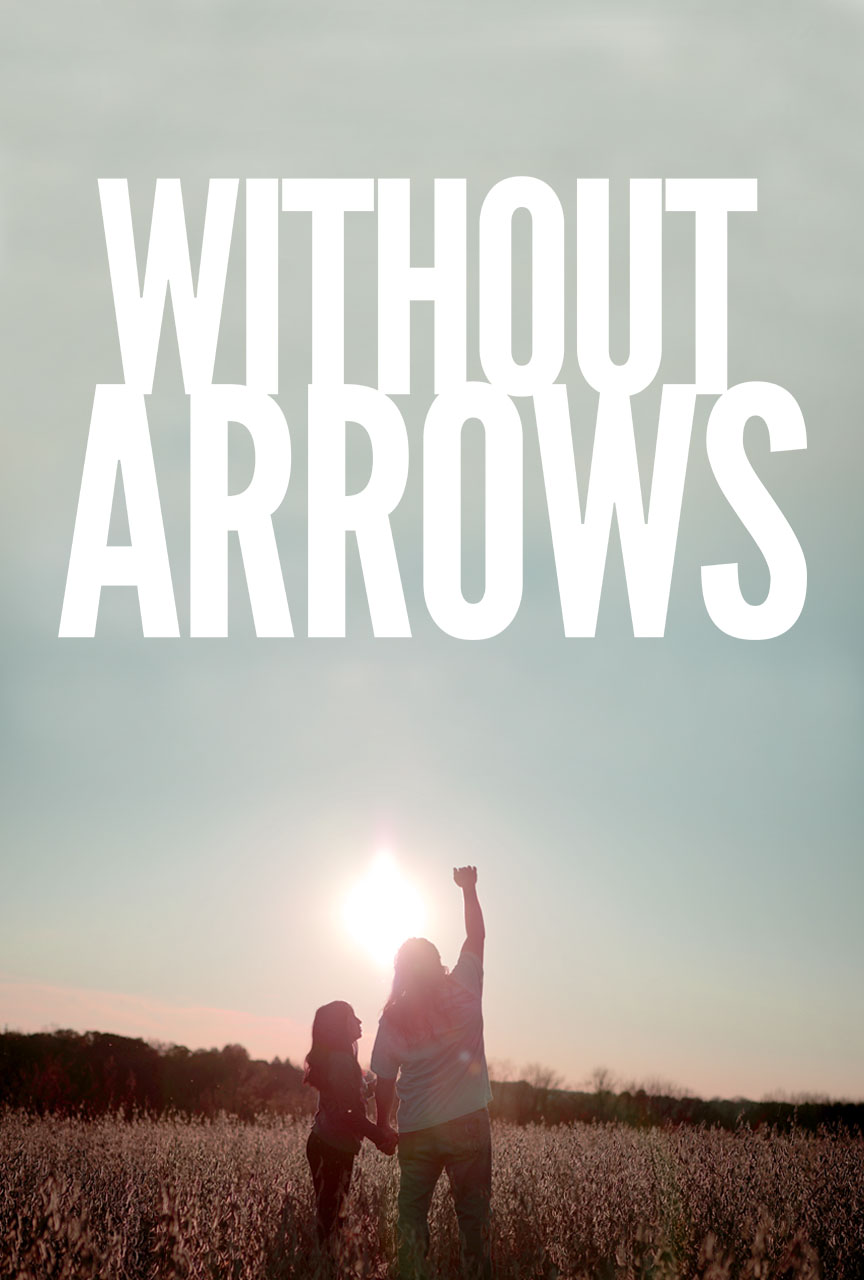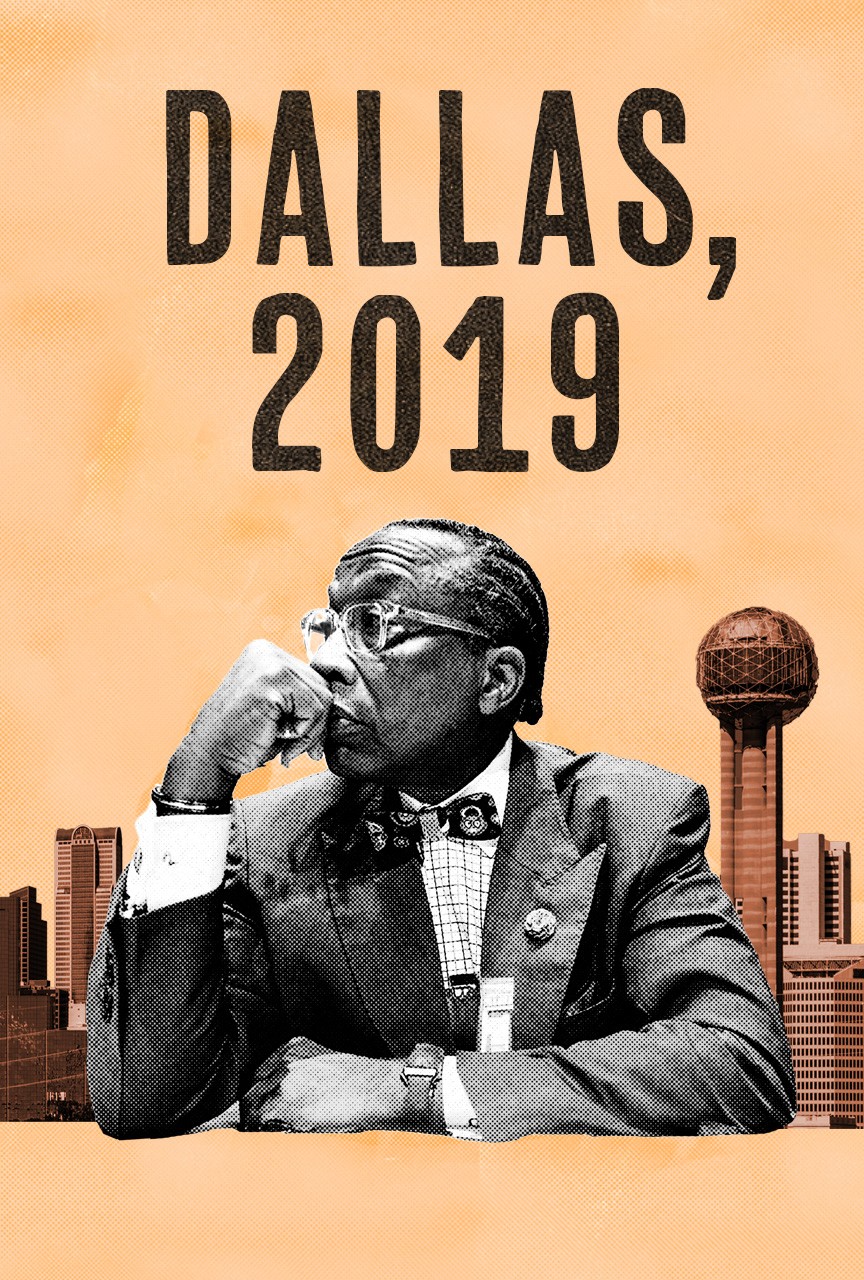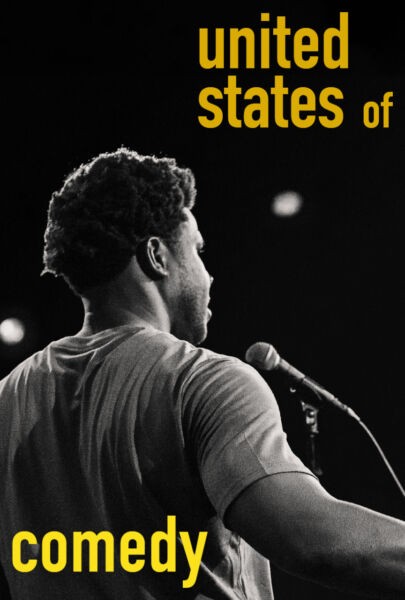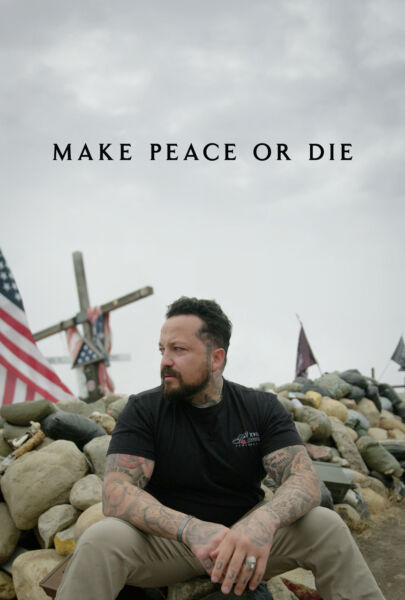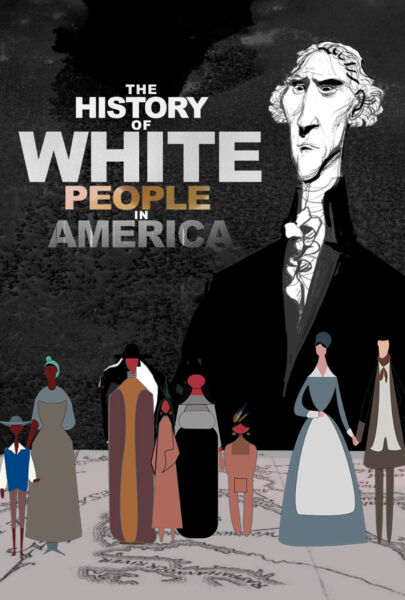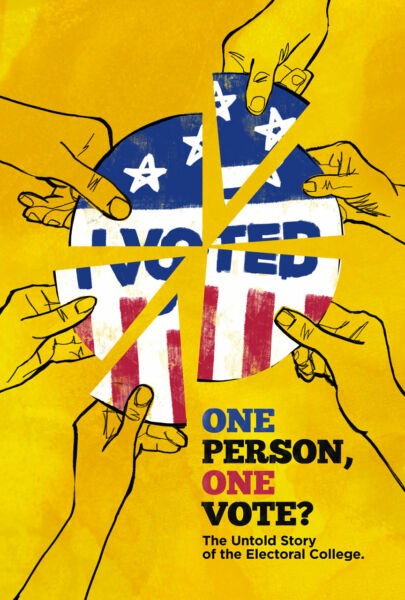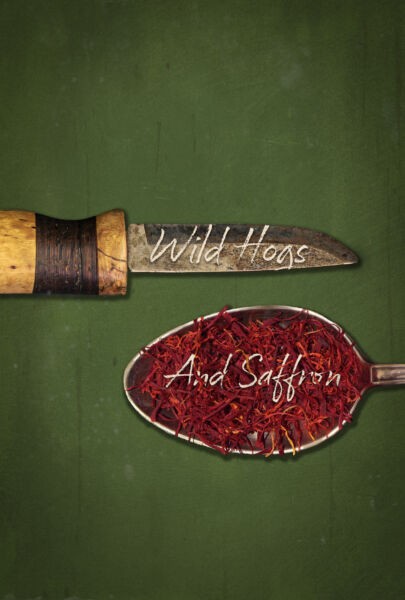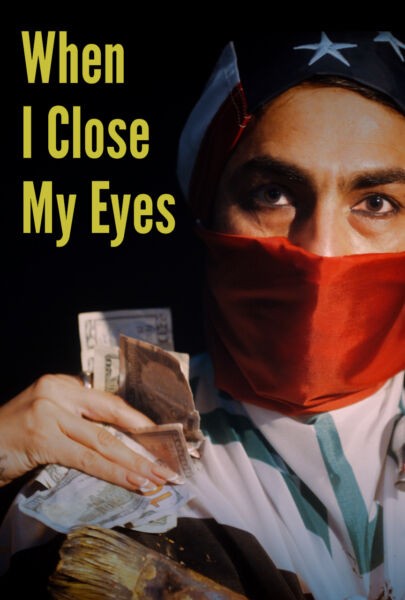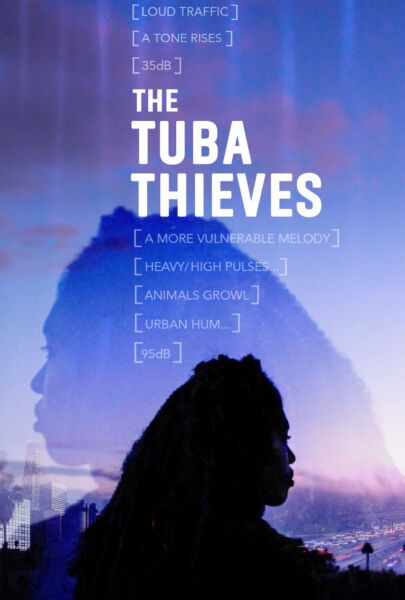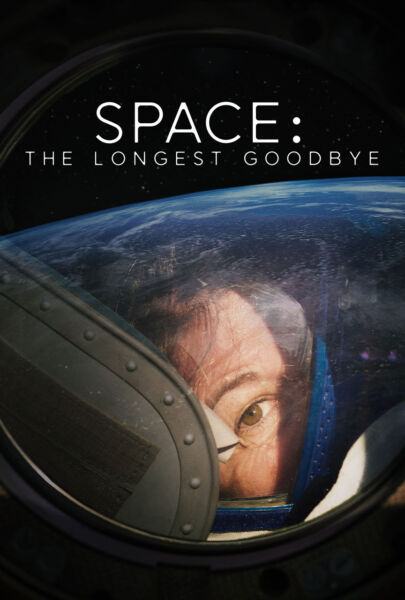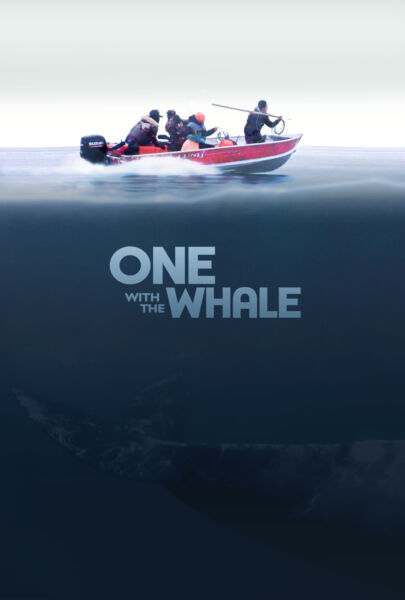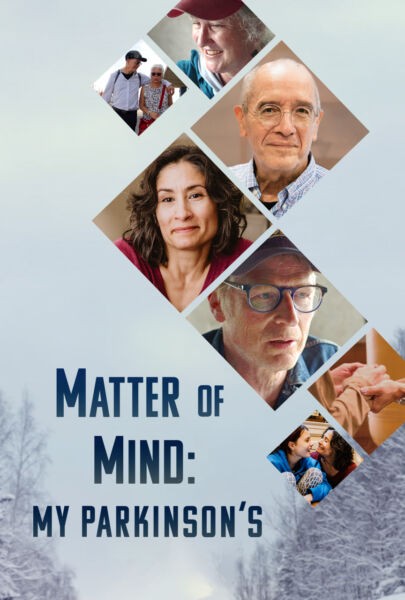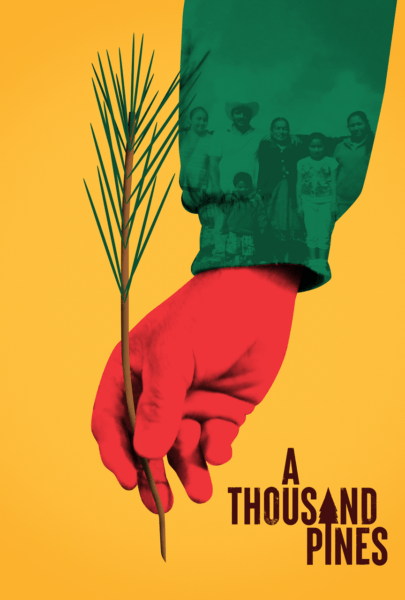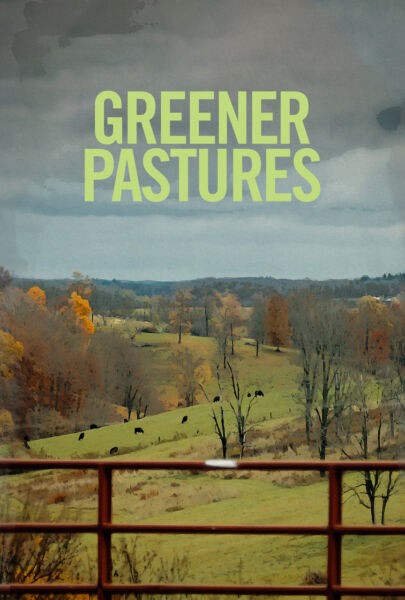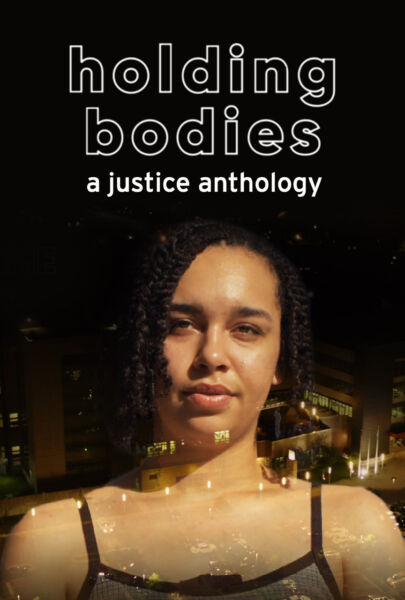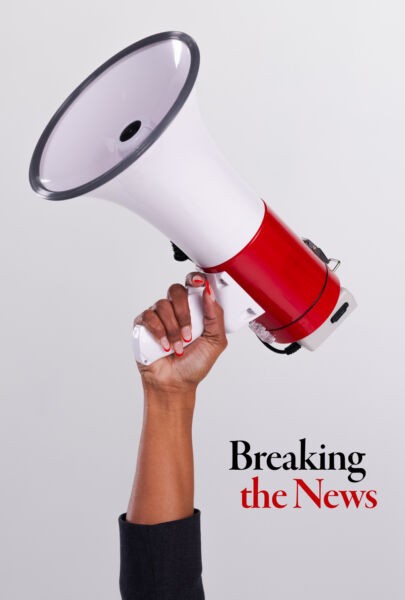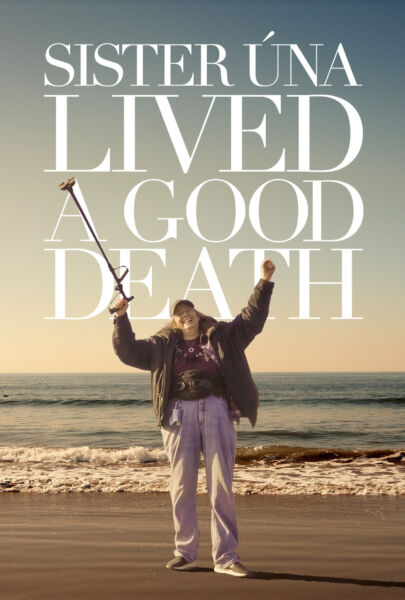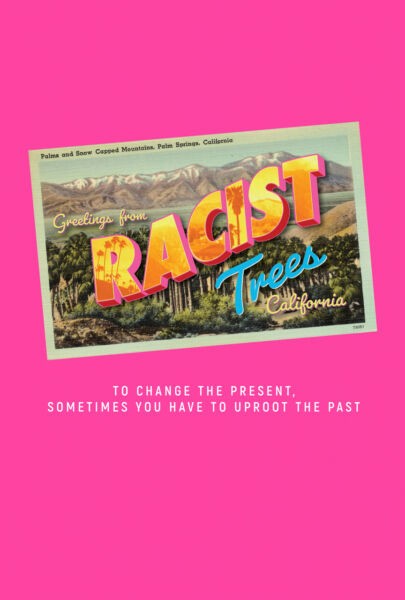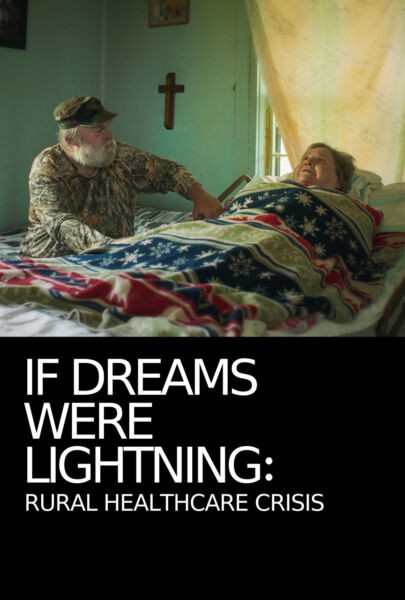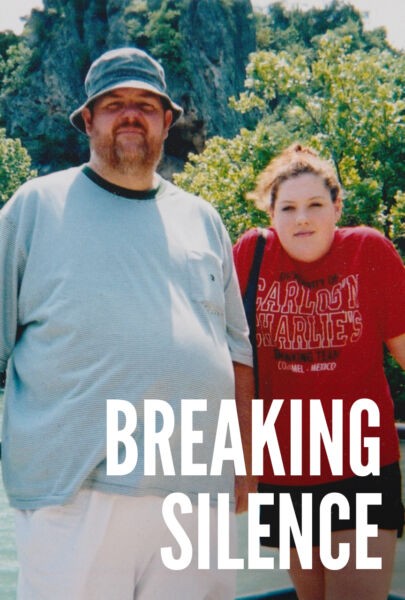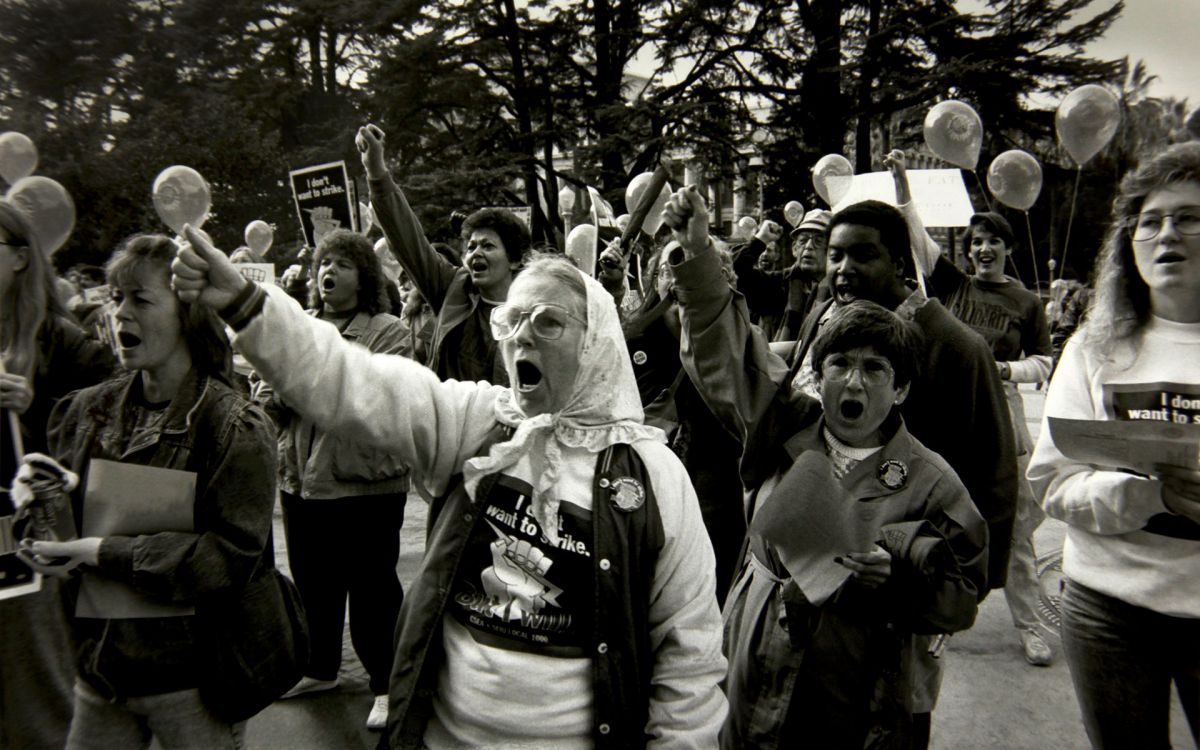
Julia Reichert and her filmmaking partner and life partner Steve Bognar, have been making documentaries for a long while. Most recently, in 2020, the team won the Academy Award for American Factory, about the reopening of a shuttered auto factory in Ohio. But their incredible dossier goes back to the 1970s — Julia’s first film, Growing Up Female (1971), which explored the socialization of young American women and girls and the effects of stereotypes placed by media, advertising, and personal relationships, was selected for preservation in the United States National Film Registry by the Library of Congress in 2011 and her 1976 film Union Maids, chronicling three women in the 1930s labor movement, is now considered a classic. Her collaboration with Bognar on A Lion in the House for Independent Lens took eight total years to film and edit, in telling the powerful story of several children receiving cancer treatment through the American health care system. The 225-minute film would win them a Primetime Emmy and helped promote national awareness on pediatric cancer.
Their newest project, 9to5: The Story of a Movement, circles back to some of Julia and Steve’s favorite topics, namely gender issues and the American workforce, while using their telltale direct cinema approach (eschewing voice-over narration, letting their characters do the talking), for the previously untold story of the fight that inspired a hit song and changed the American workplace.
“Based on interviews with the group’s founders, with a wealth of archival footage, 9to5 is sleek and astute, a valuable addition to Reichert and Bognar’s filmography and to the history of the women’s movement,” wrote Caryn James in The Hollywood Reporter. “They let their compelling evidence speak for itself in a beautifully crafted film.”
Reichert and Bognar kindly talked to us over email about the making of 9to5, including how long it took to make, memories of the fictional 9 to 5, and how far working women still have to go.
Why did making this film now, after American Factory, have particular appeal to you as your next project?
We actually started making 9to5: The Story of a Movement well before we started making American Factory. But when the story of the factory’s rebirth took off like a rocket, we were pulled between the two films, and for long stretches we had to prioritize the filming in the factory, because events were unfolding at a rapid clip. Once we finished American Factory in early 2019, we turned our attention back to 9to5.
And it’s funny, we finally finished the editing of 9to5 in Los Angeles, the day before the Oscars. We were in a car, working on a laptop!
Julia: Women have always struggled for respect at work. I sure did, first as a young waitress in the 1960s, then a clerical worker, then as a female filmmaker in the 1970s and 80s. We’ve come a long way, but we still have a long way to go. Before #MeToo, there was a very long period when a lot of women would say, “Well, I’m not a feminist.” Even young women who believed everything that feminists believed rejected that word. I think that has changed. The women of 9to5 were like a #MeToo movement and a #TimesUp movement for an earlier generation.
Secretaries were the low-wage workers of their day. Activists today can learn a lot from 9to5 women’s unique strategies and tactics. It is important to me to bring this history of the women’s movement back to the public and back into history. If you don’t know how people made society change in the past, how can you believe in it or know how to do it now?
I wanted this movie to be, in addition to inspiring and entertaining, a kind of primer for organizing, to demystify the idea of organizing. Which is something more and more needed and sought after by working people in today’s world…including tech workers, gig workers, as well as minimum wage fast-food workers. People are seeing the need to stand together.
My own working-class background, and growing up before sexism was really recognized and named – all this formed me. Once I got over my class shame and dived into the Women’s Movement, I found I had things to say. Gradually I learned skills in photography, radio and film. My first film, made with Jim Klein, was Growing Up Female, from 1971. Then came Union Maids, the energetic story of three working-class women who were part of the creation of the early industrial unions. This was a first for documentaries—recognizing the role of rank and file women in making profound social change.
9to5: The Story of a Movement, which I made with my long term partner Steven, is a sister film to Union Maids. Looking back at my 50 years of filmmaking, I see that recurring themes of work, class, race and gender are central to the movies I’ve been lucky enough to make.
And how long did you work on 9to5?
We started thinking the story of 9to5 should be a movie about eight or nine years ago, when Julia had reconnected with Karen Nussbaum, co-founder of 9to5. Karen shared stories from the 9to5 early days, and we kept asking ourselves, why is this movement not more widely known? That got our wheels turning to make the film.
There were no books or big articles to read about 9to5, so we were doing original research, which Julia loves. Finding the archival footage took years, literally. Much of it is local TV news, or from local photographers. Working women’s issues rarely hit the national news. Archival producer Jane Tucker, Julia and others worked tirelessly.
There are many women you spoke to for the film, and of course there could be thousands more to tell their own stories. Interviews are so critical to your films. How did you land on the people you focused on for 9to5?
We interviewed over 30 veterans of the 9to5 movement, all over the country—in Atlanta, Boston, Cleveland, Seattle, Washington DC, Milwaukee, Los Angeles, Cincinnati, San Francisco, and Detroit. We couldn’t include everyone we filmed, but each person helped us understand and tell this story in a huge way.
Working with our tireless editor Jaime Meyers Schlenck, we gradually came to feel which stories—which pieces of the big quilt—were needed to make the story come to life now. Like in most of our films, there is no one protagonist. The story unfolds in several cities across two decades. It really IS the story of a movement.
Do you have memories of watching 9 to 5 the fictional film, either when it came out or after, and did it have an impact on you? And what about the indelible Dolly Parton song, which is now so ingrained in our culture — what meaning does the song have for you personally as part of this story?
We’ve always loved the brilliance of the original 9 to 5 Hollywood classic. The satire is so pointed, and the filmmaking is full of life. The movie’s smile is bright, but its teeth are sharp.
And Dolly wrote one of the all-time great anthems in her 9 to 5 song. It’s a song about resilience. About looking reality in the face and not giving up.
What was each of your first experiences with the 9to5 movement and the legacy of feminism in the workplace?
As a pioneering feminist filmmaker, Julia was enmeshed in the Women’s Liberation Movement since its early days. Living and working in Dayton, Ohio in the 1970s, she knew the activists who were part of Dayton Women Working, which was the name of our local 9to5 chapter here. Work and women’s equality have been part of Julia’s filmmaking since the beginning, with her first film Growing Up Female (which is available on the Criterion Channel, by the way).
Steve, who is younger, was introduced to feminism in the late 70s and early 80s, by his mother Andree, who always articulated the need for equality (gender, racial, class and beyond). And by his professor Charles Derry, who taught feminist concepts and principles in his film classes.
It should be noted that as a young woman, Julia’s jobs included being a receptionist at a photo lab in NYC, and a “copyboy” at the Cleveland Press newspaper. From teenager on, Julia was drawn to journalism and photography—but she saw zero role models.
As a working-class kid she understood the roles for women were extremely narrow. ALL the images in film, on TV, in magazines and in newspapers, were made by men. White men. The women’s movement blew all that apart, created new paths.
Julia of course has been telling the story of women in the workplace for a long time and you both have been telling stories about labor in America — where do you see the story of 9to5 fit in with today’s feminism and what seems a never-ending battle for equal pay in the workplace? What can younger activists glean from seeing these 1970s stories for their own battles?
We made the film with a new generation of activists in mind, actually. The goal of equal pay for equal work is not never-ending. We will get there someday. It should not be taking this long, and it requires more fighting, more fuel on the fire. We hope our film is part of that fuel, that inspiration to younger activists. The women of 9to5 can show us all how to not just endure but even thrive in a years-long fight for justice. And they have so many practical, specific strategies and tactics that can still be used today, which we made sure to include in the film.
Your film Union Maids actually came out when the story you’re depicting here in 9to5 was developing. It goes from the ’30s to the present (1976). Is this a natural extension of that story?
Union Maids, tells the story of three women activists who helped bring labor unions to the millions of unorganized, often immigrant, factory workers in new mass industries, in the 1930s. The sexism, racism and classism those women faced in the 1930s has many parallels to the sexism, racism and classism the 9to5 fighters faced in the 1970s and 80s.
The setting switched from a factory floor to a carpeted office. But so many of the biases and hurdles were the same.
Women in the office were not considered ‘real’ workers who deserved a living wage and respect. We feel that 9to5 – The Story of a Movement is a sister movie to Union Maids (which is available via New Day Films).
The battle Iines have shifted again today. The low wage, exploited workers now are often young, often immigrants, in food services, health care, home care, gig work. Individuals not quite recognized as ‘real’ workers, who are seen as undeserving of or not in need of a living wage.
Even having studied labor stories before, was there anything that shocked you when doing research for this film?
The appalling stories of what women office workers were required to do, as part of their job. Washing your bosses’ dentures. Getting gifts for the bosses’ wives. Sexual harassment before there was a name for it. Sewing your bosses’ pants, while he had them on. In the crotch. It’s disgusting.
How do you two work as a team, do you “divide and conquer” when producing documentaries together?
Over decades of working together, we’ve learned to somewhat divide the work, though it’s not a strict border between jobs and tasks. Julia leads as the interviewer and researcher, while Steve leads as a cinematographer and tech person. But then we each jump into the other person’s tasks at hand. We do feel our sensibilities mesh in a really good way. This story was very close to Julia’s heart. Julia’s sharp social justice instincts and Steve’s more pop attitude help balance out the work.
What are your three favorite/most influential documentaries or feature films?
Titicut Follies, Eyes on the Prize, The Sorrow and the Pity.
What film/project(s) are you working on next?
Our work has mainly been made within an hour or so of or home in SW Ohio. The next film is the most local of all.


